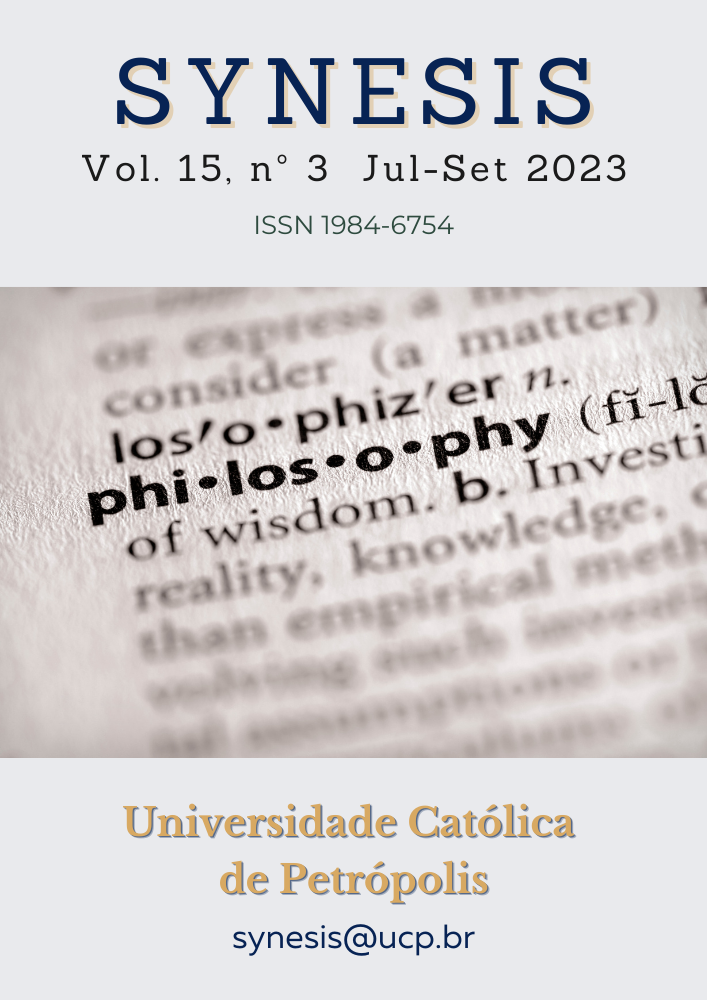Abstract
This study aims to identify and describe the kinds of evaluative expressions in terms of lexicons and parts of speech as well as the style of using these evaluative expressions in spoken Arabic. Also, it aims to describe proxemics, layout, gestures, head movements, gaze, and facial expressions that accompany not only the evaluative expressions but also the spoken interaction in the interview and judging. The selected clip was from Arabs Got Talent to conduct the purpose of this study. This current study is considered as a new contribution to the analysis of language evaluation in spoken Arabic and to the multimodal analysis in studying the gestures that accompany language evaluation in spoken Arabic. The results showed that Arabic speakers used various kinds of evaluative expressions (e.g. adjectives, adverbs, nouns, and verbs), the styles of evaluation (e.g. repetition, using determiners, gradability and etc.), gestures (iconic, metaphoric, and deictic), and facial expressions that indicate to emotions (e.g. happiness and sadness). In addition, the results revealed two kinds of ideology; religious and cultural ideology.
References
Bloor, M., & Bloor, T. (2013). The practice of critical discourse analysis: An introduction. Routledge.
Benwell, B. (2006). Discourse and identity. Edinburgh University Press.
Biber, D., & Finegan, E. (1989). Styles of stance in English: Lexical and grammatical marking of
evidentiality and affect. Text, 9(1), 93-124.
Conrad, S. & Biber, D. (1999). Adverbial Marking of Stance in Speech and Writing. In Hunston, S., & Thompson,
G. (Eds.), Evaluation in Text: Authorial Stance and the Construction of Discourse: Authorial Stance and
the Construction of Discourse (pp. 56-73). Oxford University Press.
Hunston, S., & Thompson, G. (1999). Evaluation: An Introduction. In Hunston, S., & Thompson, G. (Eds.),
Evaluation in Text: Authorial Stance and the Construction of Discourse: Authorial Stance and the
Construction of Discourse (pp. 1-27). Oxford University Press.
Hunston, S. & Sinclair, J. (1999). A Local Grammar of Evaluation. In Hunston, S., & Thompson, G. (Eds.),
Evaluation in Text: Authorial Stance and the Construction of Discourse: Authorial Stance and
the Construction of Discourse (pp. 56-73). Oxford University Press.
Jaworski, A., & Thurlow, C. (2009). Taking an Elitist Stance. Stance: Sociolinguistic Perspectives:
Sociolinguistic Perspectives, 195.
Martin, J. R., & White, P. R. (2005). The language of evaluation. Basingstoke and New York: Palgrave
Macmillan.
Martin, J. R. (1995). Reading positions/positioning readers: Judgment in English. Prospect: A Journal of
Australian TESOL, 10: 27-37.
Nkwain, J. (2011). Complimenting and face: A pragma-stylistic analysis of appraisal speech acts in
Cameroon Pidgin English. Acta Lingustica Hafniensia: International Journal of Linguistics, 43(1),
-79.
Norris, S. (2004). Analyzing multimodal interaction: A methodological framework. Routledge.
Quek, F., McNeill, D., Bryll, R., Duncan, S., Ma, X. F., Kirbas, C.,& Ansari, R. (2002). Multimodal human
discourse: gesture and speech. ACM Transactions on Computer-Human Interaction (TOCHI),
(3), 171-193.
Wallbott, H. G. (1998). Bodily expression of emotion. European journal of social psychology, 28(6), 879-

This work is licensed under a Creative Commons Attribution-NonCommercial-NoDerivatives 4.0 International License.
Copyright (c) 2023 Synesis (ISSN 1984-6754)

